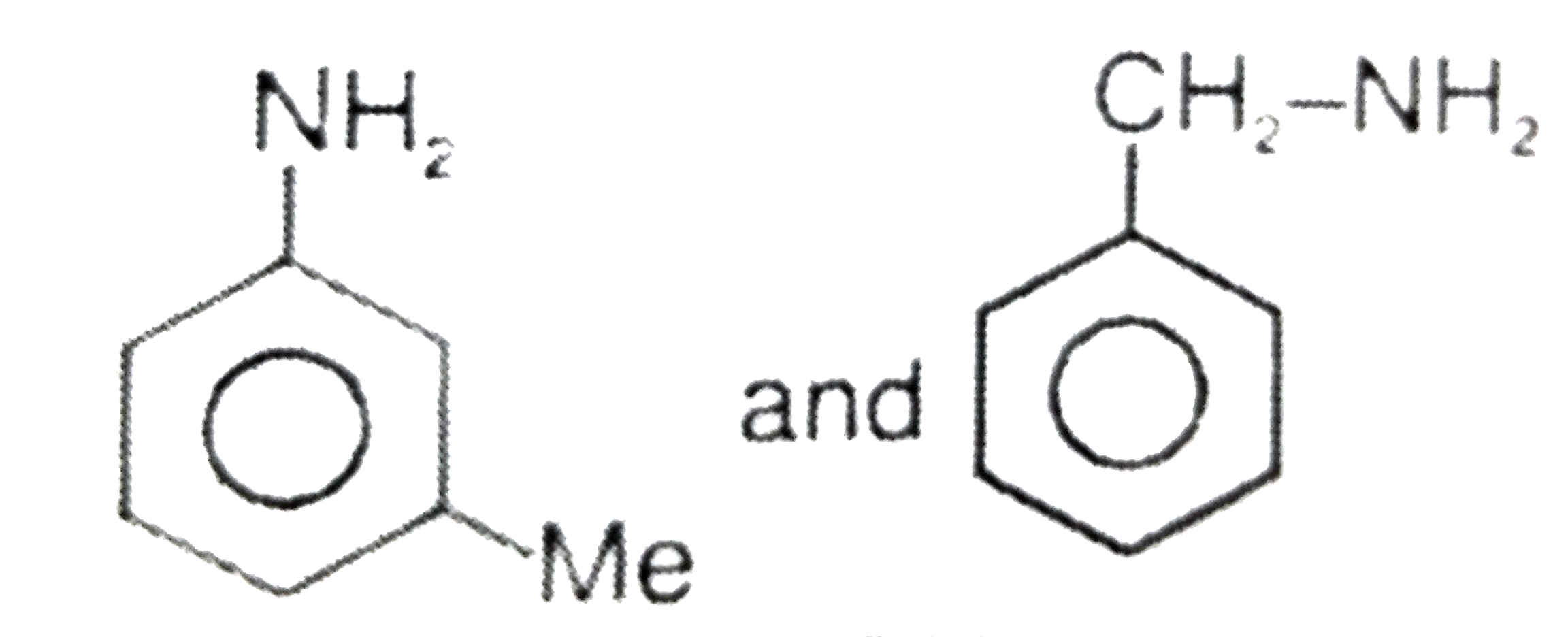Phylum Mollusca can be distinguished from other invertebrates by the presence of
bilateral symmetry and exoskeleton
a mantle and gills
shell and non-segmented body
a mantle and non-segmented body
The correct Answer is:D
To answer the question regarding how Phylum Mollusca can be distinguished from other invertebrates, we can follow these steps:
1. Identify the Characteristics of Phylum Mollusca:
- Phylum Mollusca is known for certain unique features that set it apart from other invertebrate phyla.
2. Understand the Structure of Mollusca:
- Mollusca have a non-segmented body. This means their body is not divided into segments like in annelids. Instead, they have a distinct head, a muscular foot, and a visceral hump.
3. Define the Mantle:
- One of the most distinctive features of mollusks is the presence of a mantle. The mantle is a significant structure that covers the internal organs of the mollusk. It is a dorsal layer that plays a crucial role in the protection and functioning of these internal organs.
4. Consider Other Options:
- While other characteristics like bilateral symmetry and gills can be found in other phyla (like Arthropoda), the mantle and non-segmented body are specific to mollusks.
5. Conclusion:
- Therefore, the two characteristics that can exclusively distinguish Phylum Mollusca from other invertebrates are the mantle and the non-segmented body.
Final Answer:
Phylum Mollusca can be distinguished from other invertebrates by the presence of a mantle and non-segmented body.
---
- Phylum Mollusca is known for certain unique features that set it apart from other invertebrate phyla.
- Mollusca have a non-segmented body. This means their body is not divided into segments like in annelids. Instead, they have a distinct head, a muscular foot, and a visceral hump.
- One of the most distinctive features of mollusks is the presence of a mantle. The mantle is a significant structure that covers the internal organs of the mollusk. It is a dorsal layer that plays a crucial role in the protection and functioning of these internal organs.
- While other characteristics like bilateral symmetry and gills can be found in other phyla (like Arthropoda), the mantle and non-segmented body are specific to mollusks.
- Therefore, the two characteristics that can exclusively distinguish Phylum Mollusca from other invertebrates are the mantle and the non-segmented body.
Phylum Mollusca can be distinguished from other invertebrates by the presence of a mantle and non-segmented body.
Topper's Solved these Questions
- ANIMAL KINGDOMBOOK - NCERT FINGERTPS ENGLISHCHAPTER - ANIMAL KINGDOMEXERCISE - Classification of chordates
62 Videos
- ANIMAL KINGDOMBOOK - NCERT FINGERTPS ENGLISHCHAPTER - ANIMAL KINGDOMEXERCISE - Hots
5 Videos
- ANIMAL KINGDOMBOOK - NCERT FINGERTPS ENGLISHCHAPTER - ANIMAL KINGDOMEXERCISE - Animal Kingdom
148 Videos
- ANATOMY OF FLOWERING PLANTSBOOK - NCERT FINGERTPS ENGLISHCHAPTER - ANATOMY OF FLOWERING PLANTSEXERCISE - Anatomy Of Flowering Plants
143 Videos
- BIOLOGICAL CLASSIFICATIONBOOK - NCERT FINGERTPS ENGLISHCHAPTER - BIOLOGICAL CLASSIFICATIONEXERCISE - Biological Classification
132 Videos
Similar Questions
Knowledge Check
 can be distinguished byAI2+NaOHBNaSO3HCNaCN/HClD2,4-DNP
can be distinguished byAI2+NaOHBNaSO3HCNaCN/HClD2,4-DNPA transverse section of a young dicot root can be distinguished from that of a young dicot stem by the presence of :
AA) radial arrangements of xylem and phloemBB) interfascicular cambiumCC) intrafascicular cambiumDD) collateral arrangement of xylem and phloem
Cestodes are distinguished from other flatworms by the absence of
View SolutionCervical vertebrae can be distinguished from other vertebrea on the basis of
View SolutionMale Frog can be distinguished from female by
View SolutionMollusca is differentiated from other by
View SolutionA distinguishing feature of cnidarians is the presence of
View SolutionA monocot can be distinguished from a dicot by :-
View Solution

 can be distinguish by
can be distinguish by